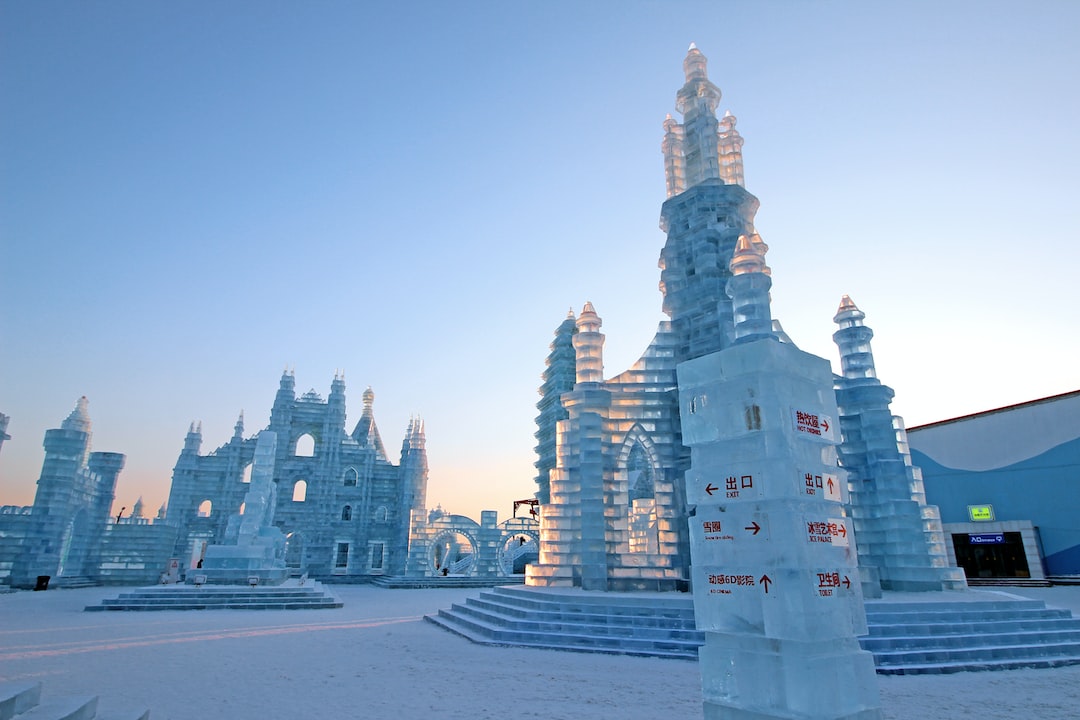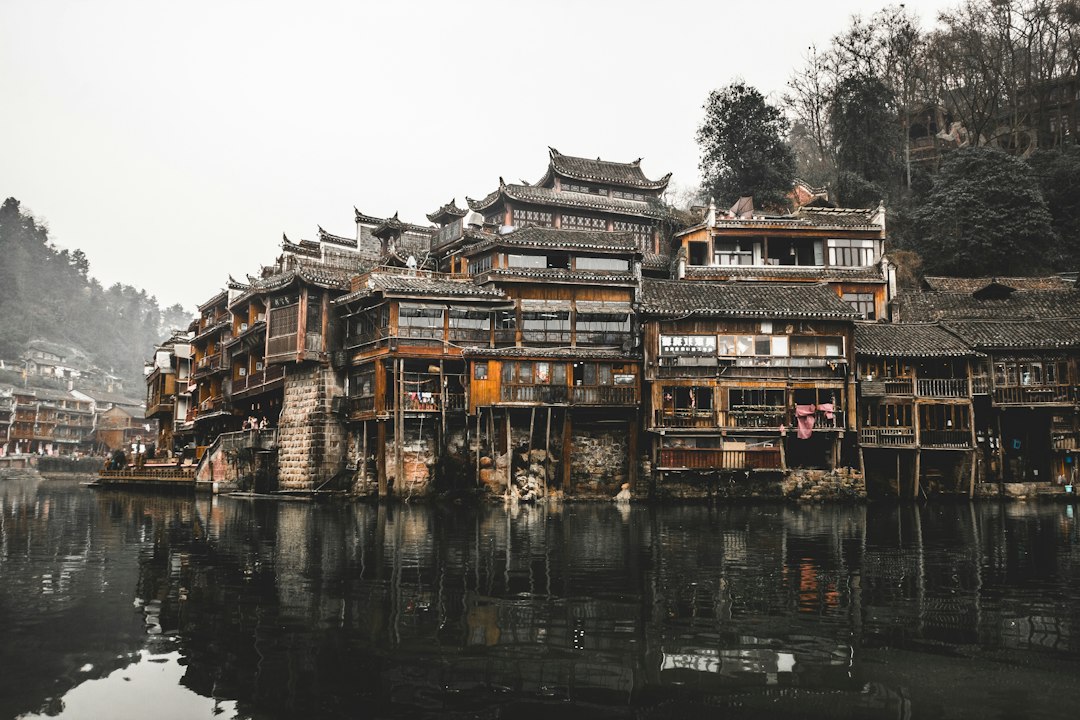Welcome to the Harbin Ice and Snow Festival
Every winter, the city of Harbin in China transforms into an icy paradise, renowned for its spectacular Ice and Snow Festival. As one of the world's largest ice and snow festivals, it attracts visitors from across the globe who come to marvel at the massive, illuminated sculptures, captivating ice lanterns, and snowy activities that make this event unique.
Historical Glimpse of Harbin's Wintry Celebrations
Originally a local tradition, the Harbin Ice Festival started from humble beginnings in the early 1960s with simple ice lantern displays. It has since grown into an international phenomenon, with the first official festival taking place in 1985. Over the years, Harbin's winter celebration has expanded to include a wide range of activities and exhibits, showcasing both local culture and international talent.
Experiencing the 2024 Harbin Ice and Snow Festival
The Harbin Ice and Snow Festival typically runs from late December to the end of February, with grand opening ceremonies often held on January 5th. While the exact dates for the 2024 festival have yet to be announced, visitors can expect the event to take place within this traditional window.
What to See and Do at the Festival
The festival is divided into several themed zones featuring ice and snow sculptures of various sizes, from smaller, delicate works to colossal structures that tower over the landscape. Key attractions include the:
- Ice and Snow World - Home to the most awe-inspiring ice sculptures, illuminated at night for a surreal experience.
- Sun Island - A snow sculpture park displaying intricate artworks carved from massive blocks of snow.
- Zhaolin Park - The location of the traditional ice lantern exhibition, with delicate carvings and fairy-tale scenes.
Practical Visitor Information
Visitors should dress in layers to combat the frigid temperatures, which can drop well below freezing. Waterproof and insulated boots, thermal gloves, and hats are essential. Additionally, try to book accommodations and secure tickets to the festival's main areas in advance, as the festival's popularity can lead to shortages. Lastly, plan for transportation within Harbin, as the festival sites are spread out and may require travel by bus or taxi.
Details on Tickets and Timings
Entry tickets for individual parks and areas within the festival vary in price, and there are often combined tickets available for multiple sites. Visitors are advised to check official festival websites or local tourism offices for the latest pricing and opening hours before their trip.
Concluding Your Harbin Festival Journey
The Harbin Ice and Snow Festival is more than just an exhibition; it is a vibrant tribute to the season and the creative spirit. As the festival continues to evolve with each year, it remains a bucket-list experience for those seeking the magic of winter in one of its most elaborate and artistic forms.



